Partridge Pea
Chamaecrista fasciculata
Status: Secure
Partridge Pea is an annual (completes its life cycle in one growing season) legume that adds nitrogen back to the soil and acts as shelter for some larval (young) butterflies. The partridge pea has yellow flowers with bluish green leaves that are arranged opposite of each other. Another common name for this plant is “Sensitive Plant” because when something touches the leaves, they can close up or draw back. Also this plant can get up to 2 feet in height and they also produce seed pods that birds and other animals eat.
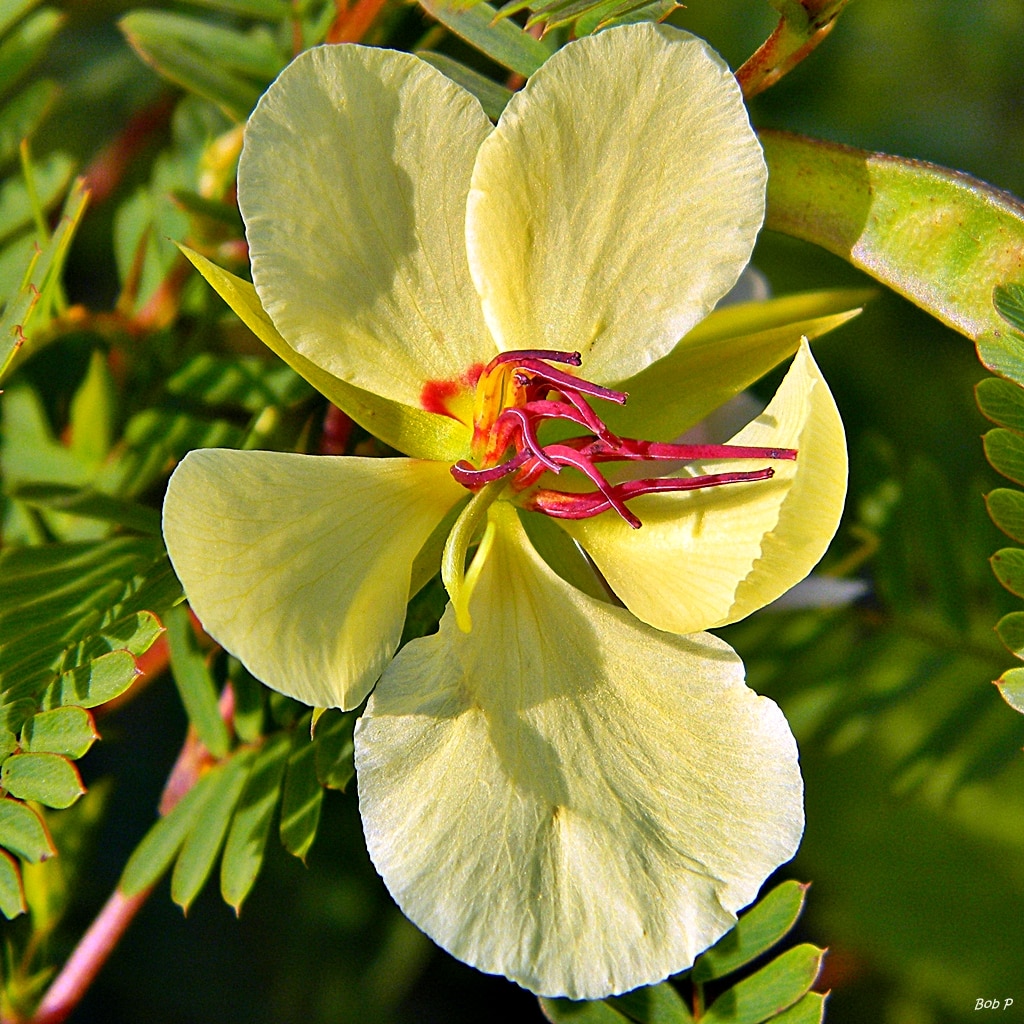
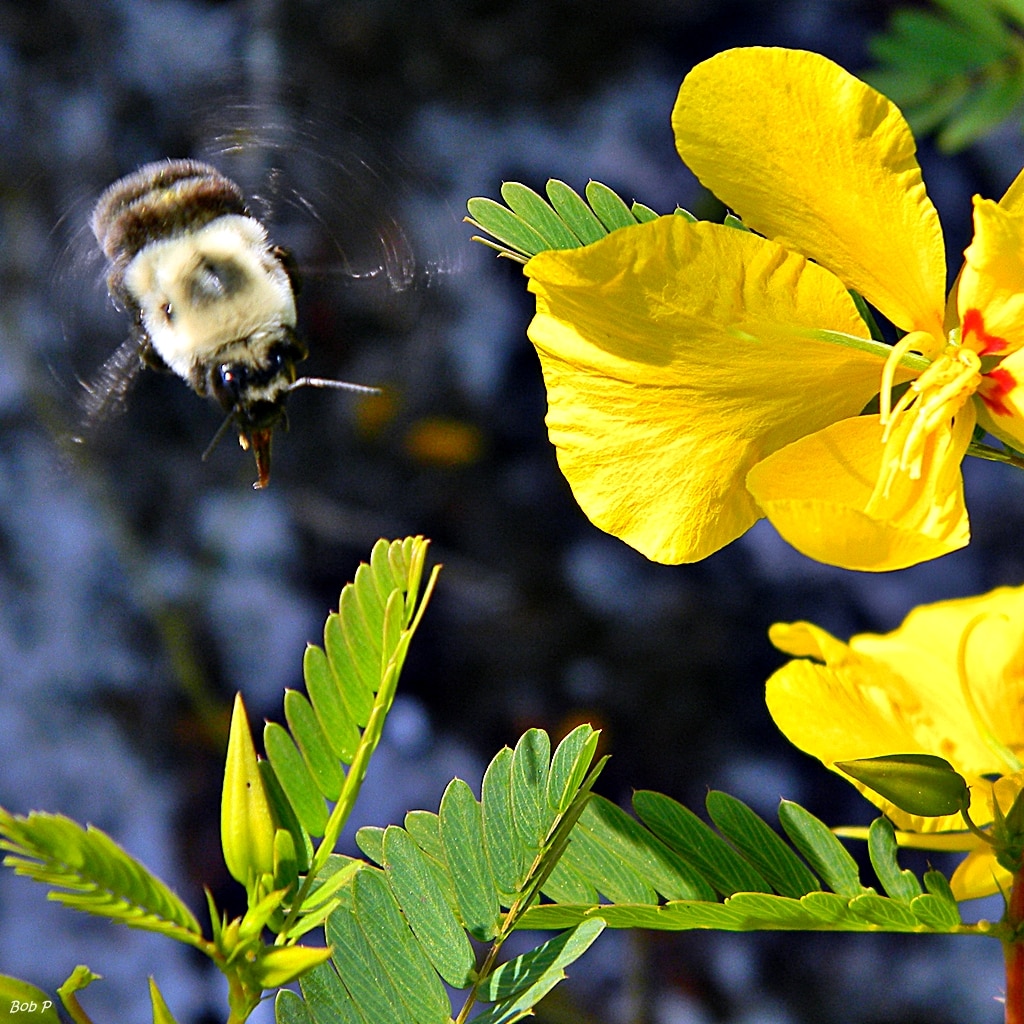
Habitat & Range
The Partridge pea is native to the southeastern, eastern, and central parts of the United States. They are able to grow in full sunlight, with little shade, and can grow with dry to medium soil moisture. Partridge pea is found in sandy savannas, along riverbanks, in upland woods, and prairies.
Food Web & Energy Flow
The Partridge pea contains seed pods which make them a member of the legume family. Legumes are important and can improve the overall health of the soil by adding nitrogen back into the soil. The roots of the partridge pea can hold soil in place to keep it from blowing away with the wind.
Like other plants, the Partridge plant is considered a primary producer since it gets its energy directly from the sun.
Relationship to Fire
Prescribed fires on the forest floor help maintain a healthy soil for the partridge pea. This species prefers full sunlight and without frequent fires, other plants and trees can grow tall blocking the sunlight. Although the partridge pea prefers full sunlight, it can still grow with a little shade.
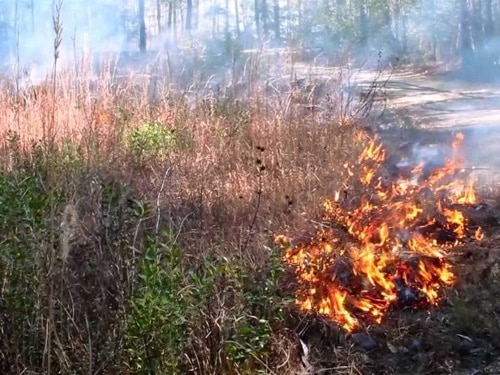
Conservation Status
Partridge pea is considered Secure and is found in abundance in different areas across the United States. Although there are no major threats to the species, some minor human disturbance such as poaching has caused a decline in their overall population size.
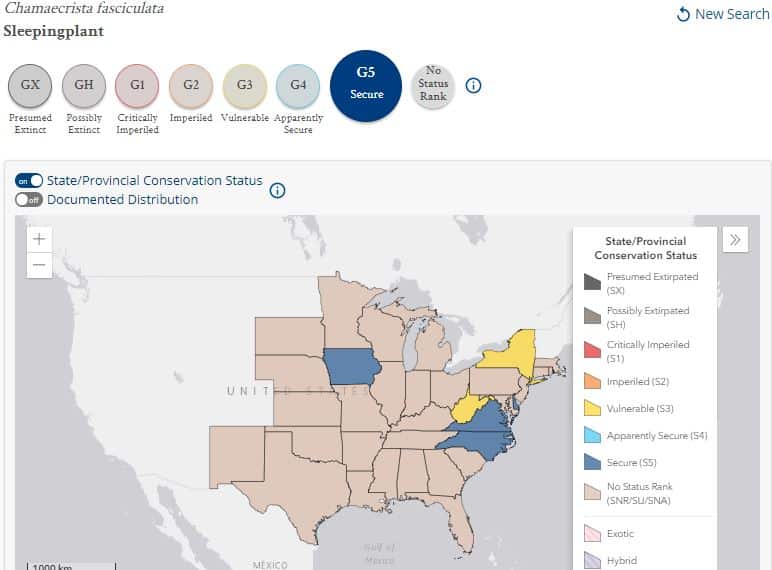
Human Impacts/ Threats
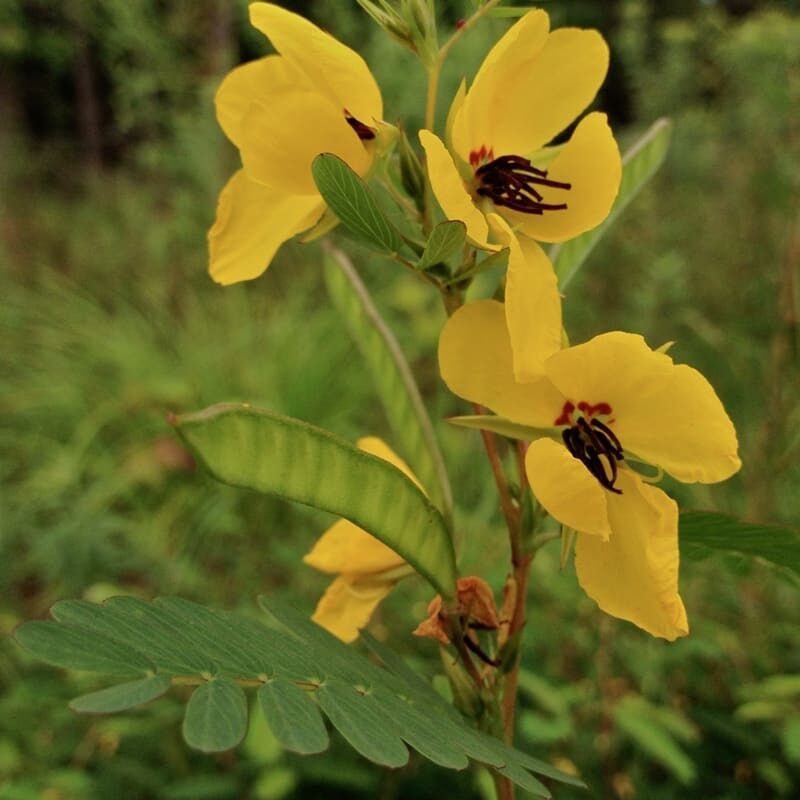
Poaching
Some people are willing to buy these plants because they're cool looking, which means that sometimes people dig up these plants (illegally) to sell.
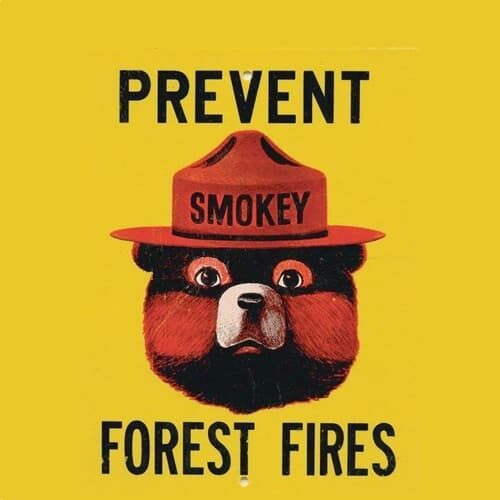
Fire Suppression
Many people think of fires in the forest as bad, so they work hard to prevent or suppress them. But longleaf forests NEED regular fire to support habitat for the species that live there!
